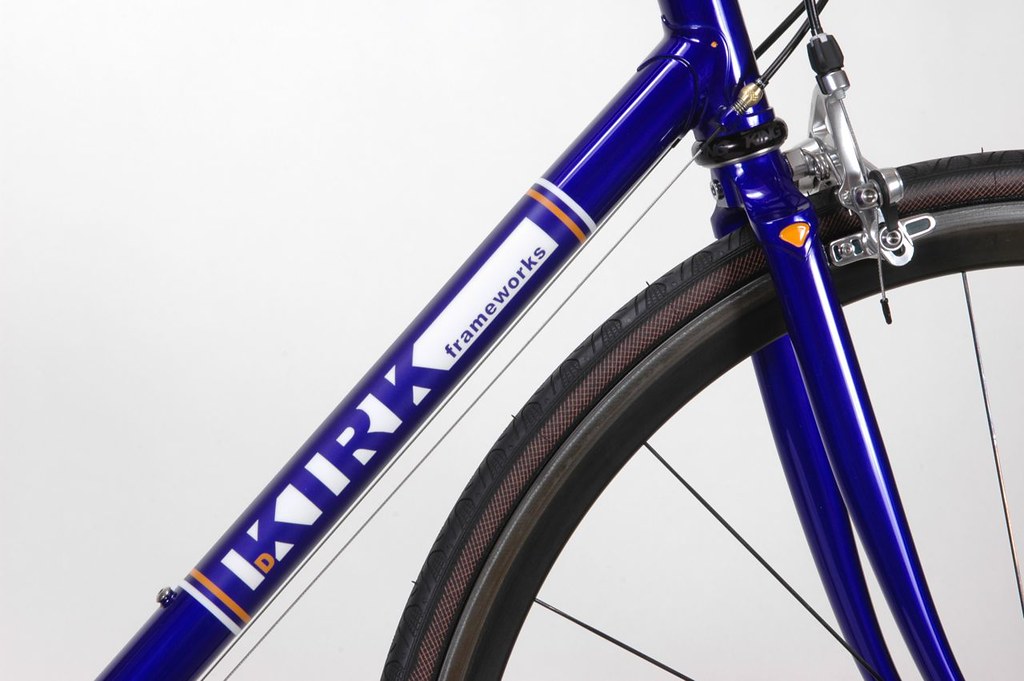
Originally Posted by
Dave Anderson

Yes, but most tube diameters are still available in multiple wall thicknesses, so if I wanted to build a standard tubed bike, I can still use an 8/5/8 or even a 9/6/9, 28.6mm diameter down tube, for example. It's up to the builder really to select tubes that are safe and that's likely going to mean thicker walls on a bike with smaller diameter tubes...all other things, including the rider, being equal. (At least when it comes to a Standard vs OS frame)
To Grant's question (if I understand it correctly)....in general, yes, thinner OS tubes are used to maintain (increase actually) stiffness, while also reducing weight. However, there is a point of diminishing returns, after which, depending on the rider and the application, you're just adding weight (and stiffness) for no appreciable gain....


 Likes:
Likes: 


 Reply With Quote
Reply With Quote








 For me it will be interesting and fun project just to find out what it really feels like to a whimp like me
For me it will be interesting and fun project just to find out what it really feels like to a whimp like me
Bookmarks